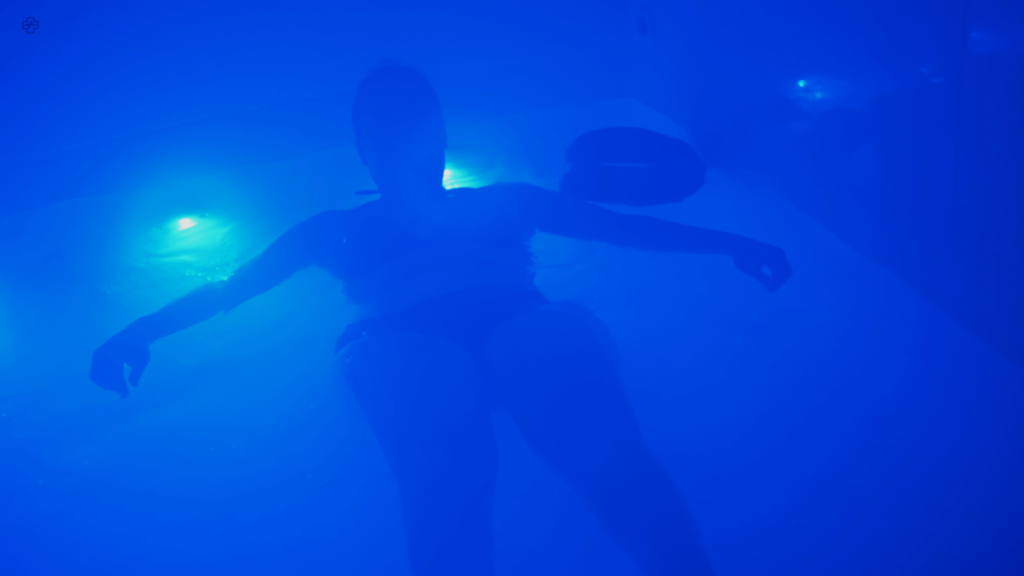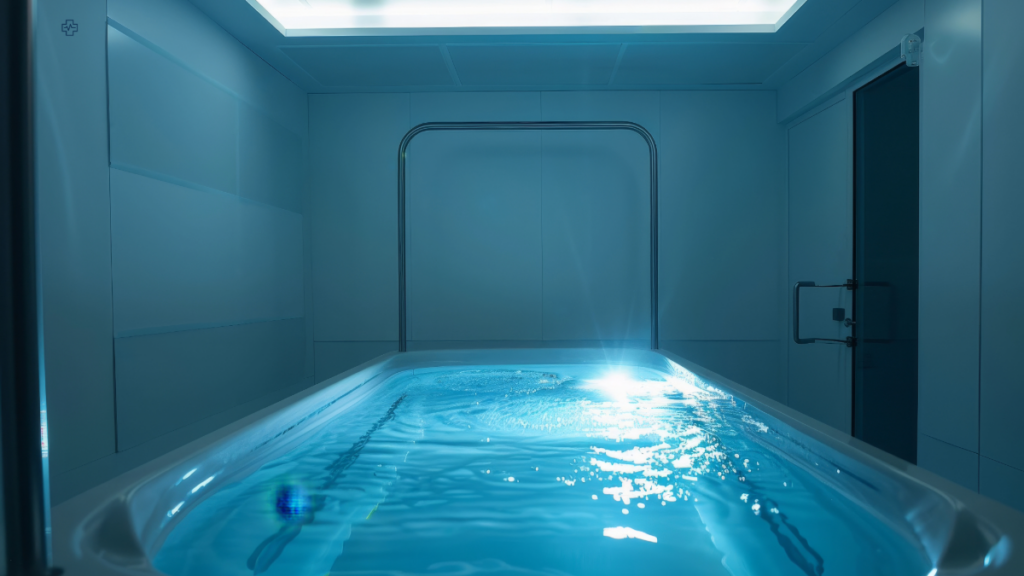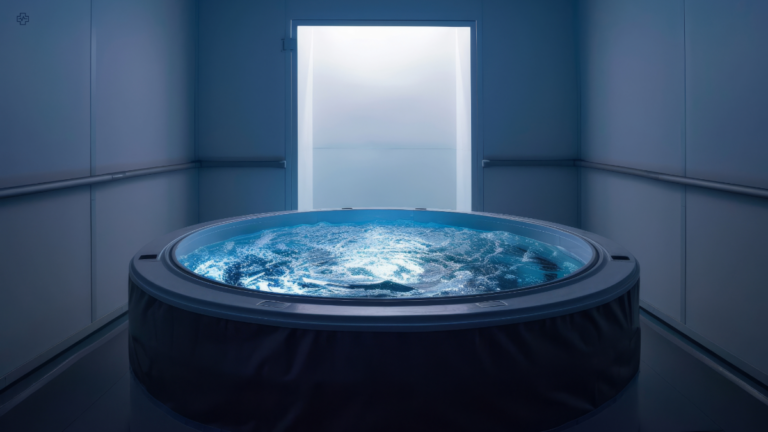This is a new trend, growing by the day. Zero gravity bathing experiences are making a splash (pun intented) as one of the most innovative and immersive relaxation techniques. These experiences, which often combine elements of sensory deprivation and sound therapy, offer participants a unique way to unwind and explore deeper levels of mental and physical relaxation.
Zero gravity baths, often referred to as float tanks or sensory deprivation tanks, provide an escape from the constant stimuli of daily life, allowing individuals to ‘float in music’ and enter a state of profound calm.
The Concept and Experience
Zero gravity baths are designed to create an environment where the body can float effortlessly, thanks to a high concentration of Epsom salt (magnesium sulfate) dissolved in water. Typically, around 1,000 pounds of Epsom salt is used, which significantly increases the water’s density, enabling the body to float with ease. The water is maintained at skin temperature (around 35°C or 95°F), which minimises the sensation of where the body ends and the water begins, enhancing the experience of weightlessness.
These tanks are also meticulously designed to minimise sensory input, with soundproof and lightproof features that create an environment of complete silence and darkness. This sensory deprivation aims to eliminate external stimuli, allowing the mind and body to disconnect from the outside world and promoting deep relaxation. Many users describe this experience as feeling like they are floating in space, free from gravity and external distractions.
Physical and Mental Effects

The benefits of zero gravity baths extend to both physical and mental health. Physically, the zero-gravity environment relieves pressure on joints and muscles, making it an attractive option for individuals with conditions such as arthritis or sports injuries. The magnesium in Epsom salts is known for its muscle-relaxing properties and may aid in reducing inflammation and pain, while also potentially contributing to detoxification processes.
Mentally, the reduction in sensory input can lead to a deeply relaxed state, often likened to meditation. Many users report experiencing a theta brainwave state, which is associated with light sleep, deep relaxation, and increased creativity. This state is thought to enhance mental clarity, reduce stress, and improve mood, making zero gravity baths a popular choice for stress management and mental health enhancement.
Practical Aspects
A typical zero gravity bath session lasts between 60 to 90 minutes, though shorter or longer sessions are sometimes available. Participants are usually required to shower before entering the tank to remove any oils or lotions, which could interfere with the floating experience. After the session, a second shower is recommended to rinse off the residual salt. The experience is highly personal, with many facilities offering private tanks to cater to individual comfort and needs.
Beyond the basic float tanks, some facilities offer enhanced experiences such as zero gravity sound baths. In these sessions, participants recline in zero-gravity chairs while being immersed in sound therapy, combining the benefits of vibrational healing with the sensation of weightlessness. This further amplifies relaxation and can be a powerful tool for achieving mental clarity and emotional balance.
Cultural and Wellness Trends
Zero gravity baths have become a prominent feature in the burgeoning field of wellness travel, where destinations offer unique and exotic wellness practices. These experiences cater to the increasing demand for authenticity and cultural immersion in wellness, with travellers seeking more than just conventional spa treatments. This trend aligns with a broader movement towards holistic health and self-care, where individuals are exploring innovative methods to enhance their well-being.
Public perception of zero gravity baths varies widely. Social media platforms, such as X (formerly Twitter), are filled with a mix of awe and curiosity about the unique sensation of floating effortlessly. While many share positive experiences of relaxation and rejuvenation, some reactions are more critical or humorous, highlighting the diversity in public engagement with these therapies.
Considerations and Safety

While zero gravity baths are generally safe, there are some considerations to keep in mind. Individuals with conditions such as claustrophobia, epilepsy, or severe skin conditions should consult healthcare providers before trying these experiences. There are also concerns about overheating and dehydration, emphasising the need for proper temperature control and session duration. Moreover, the quality and sanitation of the float tanks are critical; poorly maintained facilities could pose health risks due to potential contamination.
Cost is another factor to consider. The price of these experiences can vary significantly depending on location, session length, and whether it is part of a broader wellness package or retreat. Despite the cost, many users find the benefits to be well worth the investment, particularly for managing stress, pain, and enhancing overall mental health.
The Future of Zero Gravity Bathing
As the wellness industry continues to innovate, the popularity of zero gravity baths is expected to grow. While more research is needed to fully understand the long-term benefits, particularly in mental health and chronic pain management, the existing evidence and anecdotal reports suggest that these experiences can offer significant therapeutic value. As such, zero gravity baths are set to remain at the cutting edge of spa innovation, combining physical relief with profound sensory experiences that cater to the mind, body, and soul.
In conclusion, zero gravity bathing experiences represent a fascinating intersection of ancient relaxation practices and modern technology, providing a unique avenue for achieving deep relaxation and mental clarity. As part of the broader trend towards immersive and innovative wellness treatments, these experiences continue to captivate and inspire those seeking a deeper connection with their well-being.

